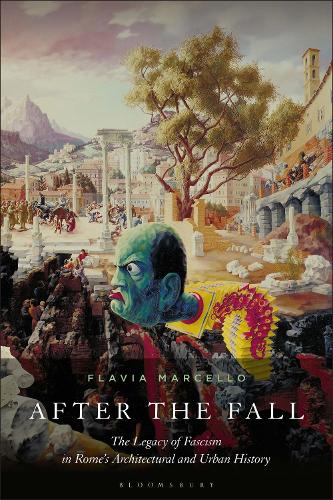
After the Fall: The Legacy of Fascism in Rome's Architectural and Urban History
(Hardback)
Available Formats
Publishing Details
After the Fall: The Legacy of Fascism in Rome's Architectural and Urban History
By (Author) Flavia Marcello
Bloomsbury Publishing PLC
Bloomsbury Visual Arts
14th March 2024
United Kingdom
Classifications
Tertiary Education
Non Fiction
Urban and municipal planning and policy
720.94563209045
Physical Properties
Hardback
256
Width 160mm, Height 236mm, Spine 20mm
720g
Description
After the Fall explores the many traces of fascism that can be found in the architecture and urban form of Rome from its buildings, monuments and piazze, to its street names and graffiti. It reveals how the legacy of this short period in history shaped - and continues to shape - Romes contemporary cityscape in powerful ways, and examines what this can tell us about the persistence of troubling political and historical legacies in the built environment. Italys fascist period (1922-1943) is perhaps the least-understood episode of Romes architectural history. Yet paradoxically those two decades have, arguably more than any other, defined our contemporary view of Romes world-famous ancient, Renaissance, and Baroque urban landscapes. The book examines the ways in which the fascist regime sought to remake Rome according to its own vision of the past, and surveys the afterlife of Mussolinis architectural and urban projects, from the Roman Masterplan to the Foro Italico. Internationally, there is currently much debate on the controversial status of public monuments - their abandonment, defacement, re-integration or removal - and, as After the Fall demonstrates, Rome provides a rich setting in which to examine these topical, pressing questions. Adding a new chapter to the architectural history of Rome, this fascinating history brings architecture, politics, and art together as living, contested experiences in a host of different locations around contemporary Rome.
Author Bio
Flavia Marcello is Professor of Architectural History at Swinburne University of Technologys School of Design, Australia.
